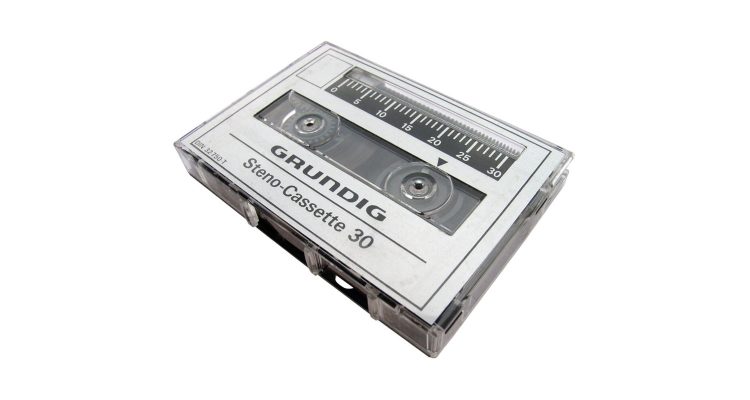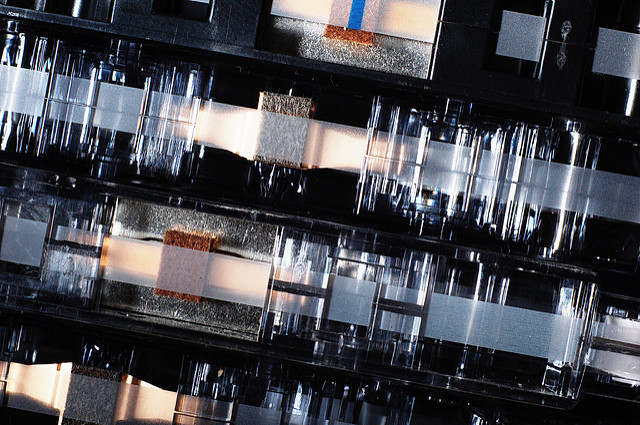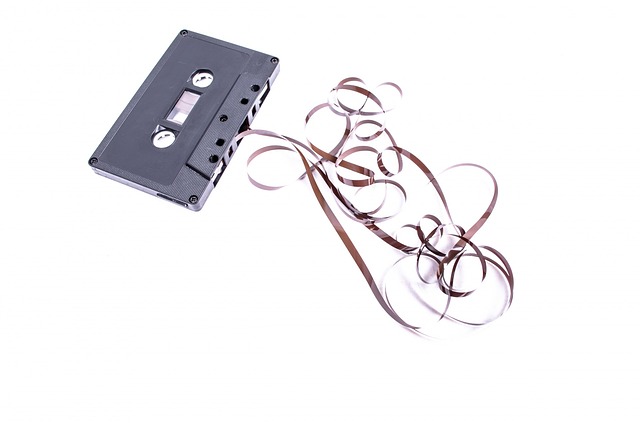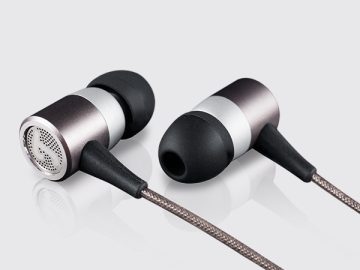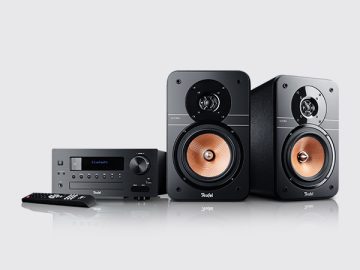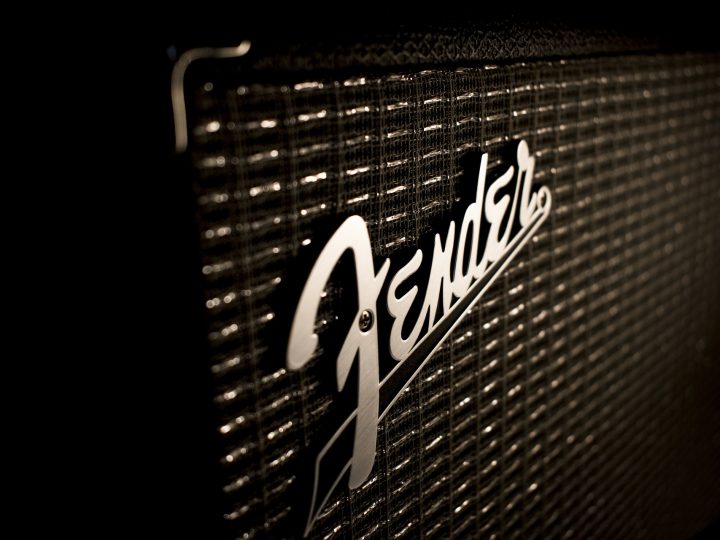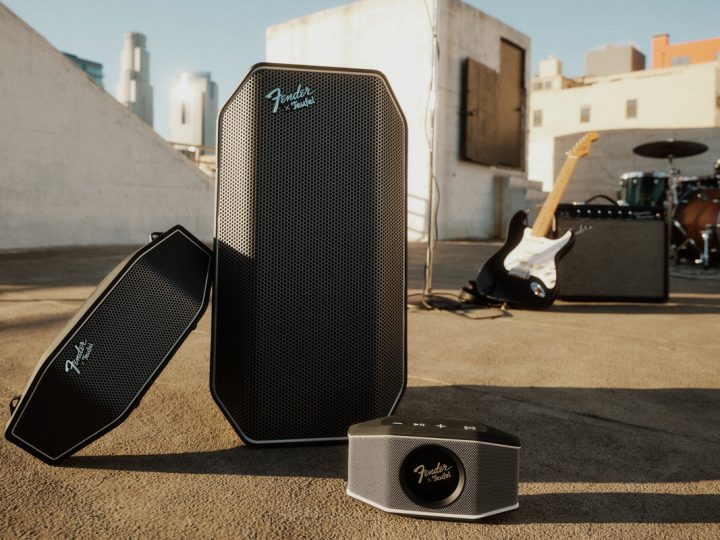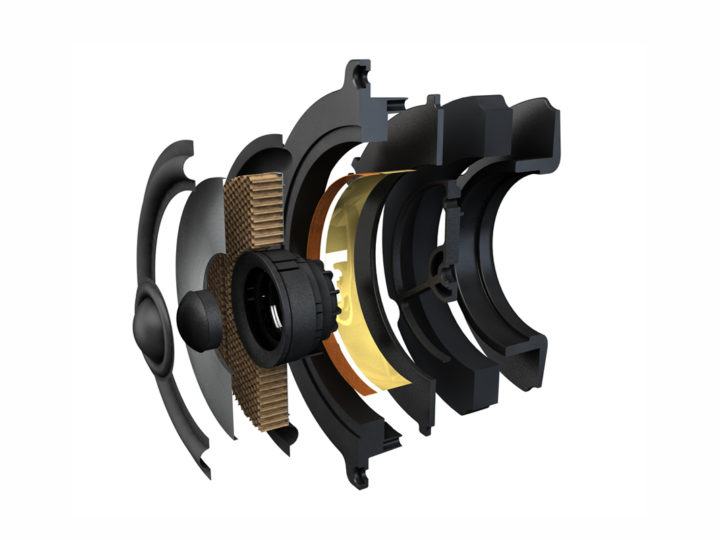For most people, the cassette tape is an outdated technology that adds a certain charm to period-piece shows like Stranger Things. Along with walkie talkies and floppy disks, music cassettes are powerful vehicles of memory and fascination. Even youngsters who never had the pleasure of winding a tape with a bic pen know about the mixed tape, that precursor of the playlist. But unlike vinyl, the cassette tape hasn’t captured the hearts of contemporary music lovers… or has it?
The cassette tape: A child of the 60s
Cassette tapes for music playback first appeared on the scene in 1962. The original “compact cassettes” were developed by Philips as an audio recording technology for taking dictations. At first, the quality was not quite good enough for music playback, but the technology quickly improved. A mono version was introduced in 1965 followed by a stereo version in 1967.
Cassettes offered several key advantages over records, the most popular sound format of the day, such as: A small handy size, durability and low price. Cassette recordings generally cost half of a vinyl pressing. The ability to record radio stations and other music onto tapes from a standard player was also something completely new that records did not offer.
By the 1970s, cassette tapes had become a popular way to listen to music. Their sale outpaced records by the 1980s and new music continued to be released on cassettes up to the late 1990s. Thanks to their portability, cassettes freed drivers from radio dependency, allowing them to control their own music playback. Walkman’s utilized the relatively small size of a cassette to create portable players for private use. Up to the present day, a variety of cassette players from the portable to high-end stereo cassette decks are still produced.
The technology behind the tape: How cassettes record music
Cassette tapes store audio information in analogue form as a continuous physical pattern on a plastic-type film. Magnetic needle-shaped ferric oxide particles on the tape are manipulated into a certain arrangement according to electrical signals from the recording. Playback is carried out by running the tape under a tape head. The particles stored on the film create a fluctuating magnetic field that are converted into an electrical signal for playback. Spools are responsible for guiding the tape under the tape head at a consistent speed, essential for maintaining the right frequency.
The delicate tape is stored within a hard plastic cassette that can be tossed into a backpack or the backseat of a car without damage. Unlike an MP3, however, cassette tapes are prone to wear and tear. Tapes that are played very often will not last as long as tapes that are seldom played. Cassette tapes can also be damaged by moisture and excessive heat. In addition, the tape in a cassette that is too infrequently played can end up sticking together. Accidents and misuse aside, a well-looked-after cassette tape has a life expectancy of at least 40 years.
Originally, the sound quality of tapes was marred by noise issues but greatly improved over the years. The iconic sound technology company, Dolby, got its start by developing a way to improve the sound of tape recordings. Ray Dolby introduced Dolby A in 1965 for reducing noise in recording studios and Dolby B in 1968 for consumer use. These technologies eliminated what had been a major problem for recordings made on magnetic tape up to then: A consistent background hiss – not exactly the epitome of hi-fi. Another decisive innovation was the introduction of chromium dioxide in the 1970s. This increased the high frequency response of tapes for a brighter, more realistic sound.
The current cassette tape trend
Frankly, there are a lot of practical concerns that speak against the cassette tape: Storage space on the tape is limited and tracks cannot be located with any precision, involving a cumbersome forward and backward spooling. Of course, ever since the comeback of vinyl and the all-around popularity of older technologies like typewriters and boomboxes, we’d be hesitant to write off cassette tapes entirely.
And sure enough, a glance at recent trends in the music industry reveals that many new albums are being released as cassettes. The magazine Billboard reported a 74% increase in the sale of cassette tapes in 2016 in the United States. In absolute numbers, this only translates to 129,000 music cassettes over 74,000 the previous year. Compare this to the over 13 million vinyl albums sold in the USA during the same period. Of note, however, is the extent to which popular artists like The Weeknd, Justin Bieber and Kanye West have begun offering their latest work on cassette. Eminem even reissued his iconic Slim Shady album on cassette tape in a nod to nostalgia — but also to the cassette’s current status as a collectible.
But perhaps the trend has caught on most with smaller and less well known groups. Cassettes are an inexpensive way to give fans music in a physical format. Music streaming and MP3 may be incredibly convenient, but there’s something about having an object that can be held and felt, especially when it comes to something as beloved as music.
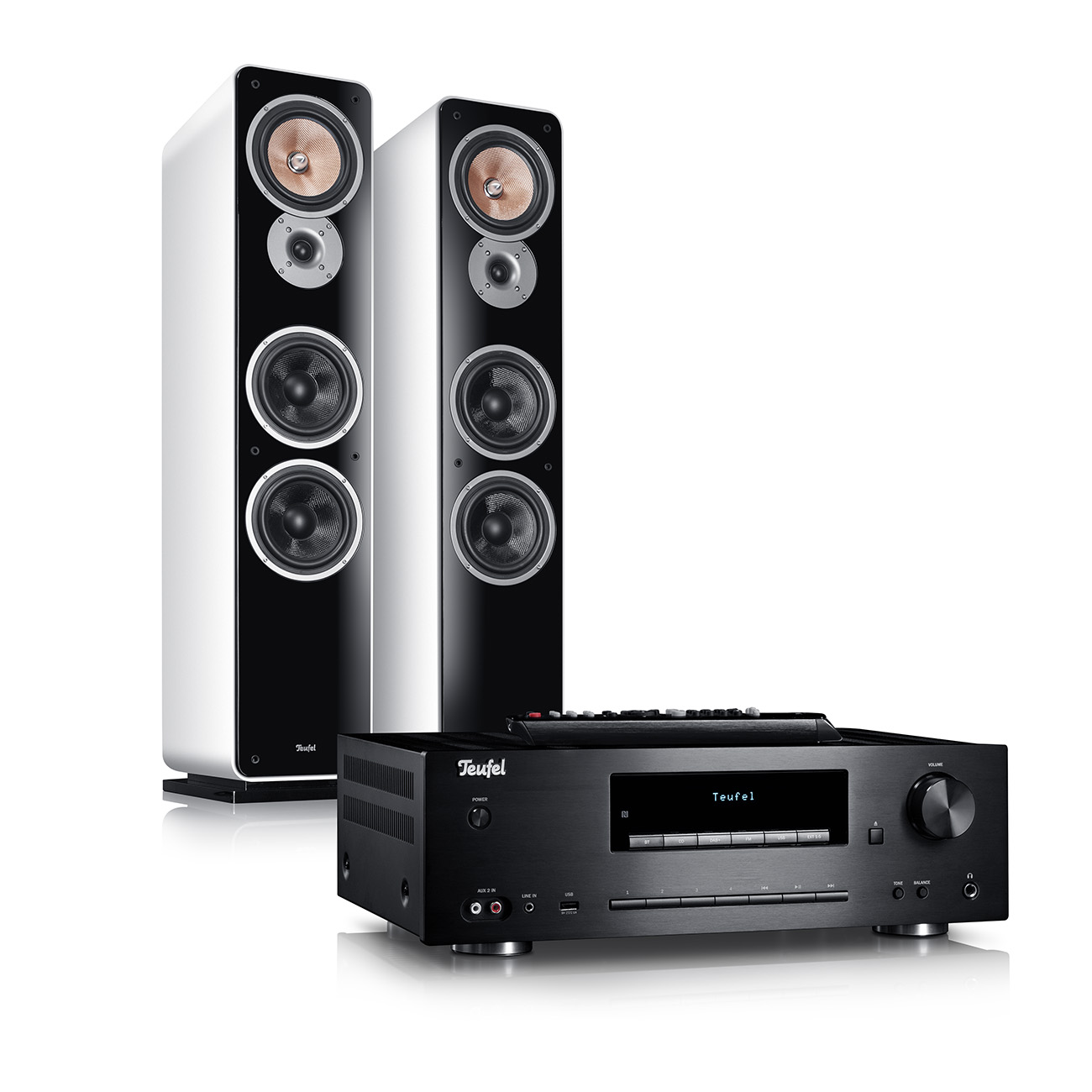
Going retro with Teufel loudspeakers
Any complete Teufel system can be easily configured to play back tapes. Simply connect your cassette player to the CD receiver or amplifier via cinch or 3.5 mm stereo input, power up the system and press play. For those who just found the retro Walkman of their dreams on eBay, any pair of Teufel headphones can be easily connected for a sound upgrade over the foam-padded headphones that come with the device.
• ➥ Kombo 42 BT
• ➥ Kombo 62
The windup: Cassette players can be a fun part of any music lover’s audio repertoire
• Cassette tapes were first introduced in the 1960s by the Dutch technology company Philips
• Cassette tapes became widespread in the 70s, overtook records in the 80s and remained very popular up to the late 90s
• Tiny particles save audio information onto plastic-like tapes which produce a fluctuating magnetic field when read by a tape head
• Depending on how they are stored and how frequently they are played, tapes can last for up to 40 years
• After near total extinction, there has been a dramatic uptick in cassette tape sales over the past few years.
Title pictures: KMJ at the German language Wikipedia [GFDL (http://www.gnu.org/copyleft/fdl.html) or CC-BY-SA-3.0 (http://creativecommons.org/licenses/by-sa/3.0/)], via Wikimedia Commons
Picture #1: ©theilr Certain rights reserved. Source: Flickr
Picture #2: ©PublicDomainPictures Certain rights reserved. Source: Pixabay
Picture #3: Property of Teufel Audio
